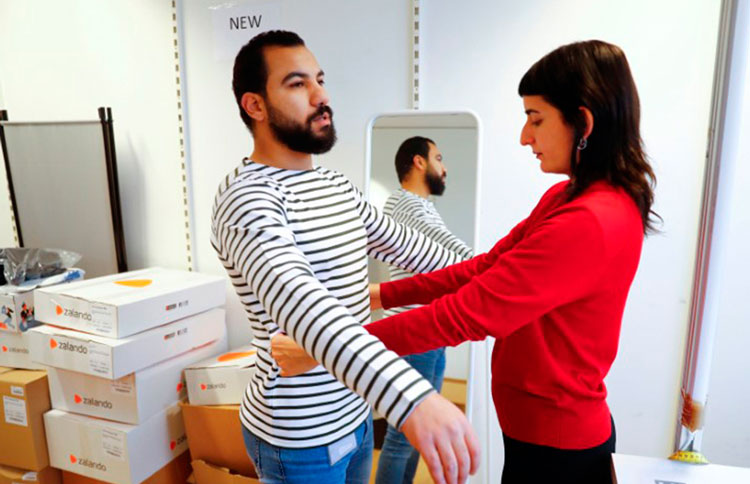As the digital market advances, some problems affecting online sales increase proportionally, such as customers not being able to see the product, thus increasing the possibility of returns. Therefore, learn how to reduce returns.
However, efforts are already underway to address the challenge of reducing returns and diminishing the number of returned items. To learn more about this topic, continue reading below!
How do returns affect clothing manufacturers?
Buying the piece, waiting and, when it arrives, it doesn’t look as expected on the body. This is a situation that no consumer wants to go through, as it generates frustration and the exchange, no matter how easy it is, is still a setback.
For manufacturers, the situation is also unpleasant. Not only do they have to cover the costs of returns and reshipping (returns cost about four times more than deliveries), but there’s also the additional work of restocking the item and the need to sell it for a lower price, resulting in losses.
In this excerpt from a Procon article, it is said that:
“According to the Consumer Protection Code, if an item has apparent defects, the buyer has 90 days to exchange it, and the establishment has 30 days to resolve the issue. If this period passes without the defect being repaired, the consumer has the right to exchange the product, receive a refund (adjusted monetarily), or a proportional price reduction.”
Despite this, it is estimated that the average return of parts reaches 1% of deliveries made and exchanges around 5%. The number is high and negatively affects clothing manufacturers, as the customer loses trust in the brand and there is still damage to deal with.
What are the solutions being adopted to reduce returns?
In efforts to develop solutions to avoid the mentioned issues, some clothing manufacturers have already implemented strategies that have shown positive results. We’ve brought them here so they can serve as inspiration for reducing returns in your industry.
Size Suggestion Software
One of the viable solutions is the implementation of software where consumers input their height and weight, and correct garment sizes are suggested to them. If the customer has made previous purchases, their purchase history is also evaluated. Companies like H&M and Zara have implemented this system.
Testing on models
At Zalando, around half of the products sold were returned. Seeking to avoid this problem, the company started using models to test the parts. Initially, it was only shoes, but since it worked well, they started implementing tests for clothing items as well.

Now the company can identify issues with garments more quickly and thus began to reduce returns.
Consultation with a Consultant
It’s not just clothing sizes that can influence returns. Depending on the location, people may prefer tighter or looser clothing. Considering these characteristics, N Brown started offering the possibility of a consultation with a company consultant via Skype.
During the conversation, the professional advises the client on how a particular item will fit according to their measurements and clothing. According to CEO Miriam Lahage, face-to-face conversation helps to address doubts and creates a connection between the customer and the company, making purchasing easier and reducing returns.
Measurement Tools
At Mango, measurement tools from Fit Analytics are used, a company that also counts big names like Tommy Hilfiger, Calvin Klein, and Hugo Boss among its clients. Called Fit Finder, the tool is also being used by Dafiti and finds the ideal clothing sizes based on the customer’s height and weight provided.
Virtual Fitting Room
Imagine entering weight and height information to generate a 3D model of the body and using it to find the best parts? This is GAP’s bet, which uses an application that has this functionality.
However, the service has the barrier of only working on the Google Tango smartphone — at least for now.
Where to start to reduce returns?
As you have seen, there are several ways to help the customer find the best piece. However, to actually reduce returns, the parts must be standardized. After all, centimeters can make a difference and saying that the item fits a certain size and it arrives differently can lead to more returns..
Furthermore, changes in color and even small flaws can cause bad feedback and result in negative reviews, a big problem for e-commerce stores. Therefore:
The first step to reducing returns is to standardize your manufacturing and optimize quality control.
To learn more about this topic, check out the article in which we talk about why textile standardization is important!




